40 applying scientific methods in chemistry worksheet
"that is within, internal," 1590s, from in (adv.). Sense of "holding power" (the in party) first recorded c. 1600; that of "exclusive" (the in-crowd, an in-joke) is from 1907 (in-group); that of "stylish, fashionable" (the in thing) is from 1960. word-forming element meaning "not, opposite of, without" (also im-, il-, ir- by assimilation of -n- with following consonant, a tendency which began in later Latin), from Latin in- "not," cognate with Greek an-, Old English un-, all from PIE root *ne- "not." In Old French and Middle English often en-, but most of these forms have not survived in Modern English, and the few that do (enemy, for instance) no longer are felt as negative. The rule of thumb in English has been to use in- with obviously Latin elements, un- with native or nativized ones.
Applying Scientific Methods In Chemistry Worksheet Nichole is resplendent and saved bovinely as infinitive Wood berries rakishly and dispute elsewhither.

Applying scientific methods in chemistry worksheet
Website with lessons, worksheets, and quizzes on various high school chemistry topics. • Lesson 1-2 is on the scientific method.966 pages element meaning "into, in, on, upon" (also im-, il-, ir- by assimilation of -n- with following consonant), from Latin in- "in," from PIE root *en "in." In Old French (and hence in Middle English) this often became en-, which in English had a strong tendency to revert to Latin in-, but not always, which accounts for pairs such as enquire/inquire. There was a native form, which in West Saxon usually appeared as on- (as in Old English onliehtan "to enlighten"), and some of those verbs survived into Middle English (such as inwrite "to inscribe"), but all now seem to be extinct. Not related to in- (1) "not," which also was a common prefix in Latin, causing confusion: to the Romans impressus could mean "pressed" or "unpressed;" inaudire meant "to hear," but inauditus meant "unheard of;" in Late Latin investigabilis could mean "that may be searched into" or "that cannot be searched into." Latin invocatus was "uncalled, uninvited," but invocare was "to call, appeal to." The trouble has continued in English; the hesit also pseudoscientific, "of the nature of or characteristic of a pseudo-science," 1816; see pseudo- + scientific; also compare pseudo-science.
Applying scientific methods in chemistry worksheet. Chemistry: Matter and Change • Chapter 4. Chapter Assessment. Applying Scientific Methods. Data Table I is a chemist's record of data about six isotopes.2 pages 1580s, from French scientifique, from Medieval Latin scientificus "pertaining to science," from Latin scientia "knowledge" (see science) + -ficus "making, doing," from combining form of facere "to make, to do" (from PIE root *dhe- "to set, put"). Originally used to translate Greek epistemonikos "making knowledge" in Aristotle's "Ethics." Sciential (mid-15c., "based on knowledge," from Latin scientialis) is the classical purists' choice for an adjective based on science. Scientic (1540s) and scient (late 15c.) also have been used. First record of scientific revolution is from 1803; scientific method is from 1854; scientific notation is from 1961. Related: Scientifical; scientifically. c. 1600, "alchemy," from chemist + -ry; also see chemical (adj.). The meaning "natural physical process" is from 1640s; the sense of "scientific study of the composition of material things and the changes they undergo" is by 1788. The figurative sense of "instinctual attraction or affinity" is attested slightly earlier, from the alchemical sense. scientific methods in chemistry worksheet answers questions related activities ... This method worksheet answers to chemistry, applying scientific literacy.
Complex trauma and its aftermath affect each of us in unique ways, leaving key aspects of development irresolute, disrupting emotional regulation, warping our attachment styles, changing the shapes of our brains and the way they communicate with the rest of our biology, and altering our mind-body connection. In addition, throughout our lifespans and as our journeys through recovery change and evolve, we may uncover additional issues that we once thought did not affect us or apply to us but now s... The scientific method is a process that scientists use to better understand the world around them. It includes making observations and asking a question, ...4 pages Aug 17, 2021 — Scientists search for answers to questions and solutions to problems by using a procedure called the scientific method.The Scientific Method · Step 1: Make observations · Step 2: Formulate a hypothesis *Alright pre-frosh, frosh, and sophomore kiddos, let’s chat. I just finished the MIMG curriculum and I’m simping, since I’m going to miss it. So here’s a post about everything MIMG, with some general advice too.* *Tl;dr: Learn. Grind. Be kind. Do practice exams. Get laid, if you want. Call your mom.* Maybe you made it through AP bio, AP chem, and AP physics with flying colors. Or maybe high school academics were a little harder for you. Either way, **college is a fresh start to get your shit t...
a Middle English merger of Old English in (prep.) "in, into, upon, on, at, among; about, during;" and Old English inne (adv.) "within, inside," from Proto-Germanic *in (source also of Old Frisian, Dutch, German, Gothic in, Old Norse i), from PIE root *en "in." The simpler form took on both senses in Middle English. Sense distinction between in and on is from later Middle English, and nuances in use of in and at still distinguish British and American English (in school/at school). Sometimes in Middle English shortened to i. The noun sense of "influence, access (to power or authorities)," as in have an in with, is first recorded 1929 in American English. to be in for it "certain to meet with something unpleasant" is from 1690s. To be in with "on friendly terms with" is from 1670s. Ins and outs "intricacies, complications of an action or course" is from 1660s. In-and-out (n.) "copulation" is attested from 1610s. The Nature of Science and The Scientific Method. What is Science. SCIENCE IS….. a way in which answers related to NATURAL events are proposed ... The scientific method is an integral part of science classes. Students should be encouraged to problem-solve and not just perform step by step experiments. word-forming element in chemistry, usually indicating a neutral substance, antibiotic, vitamin, or hormone; a modification and specialized use of -ine (2).
1909, from work (n.) + sheet (n.1).
the adverb in attached to a verb as a word-forming element, by 1960, abstracted from sit-in, which is attested from 1941 in reference to protests and 1937 in reference to labor union actions (which probably was influenced by sit-down strike) but was popularized in reference to civil disobedience protests aimed at segregated lunch counters. As a word-forming element at first of other types of protests, extended by 1965 to any sort of communal gathering (such as love-in, 1967).
* **If you find your book in the thread below, send the number of the book via** **reddit chat or via** [**telegram**](https://t.me/textbooks4cheap) **.** * **Almost all the books are in their latest editions and some of them are available in multiple editions too** * **Books (pdf) are delivered through Google-Drive link** * **You can also send requests via reddit chat or by** [**telegram**](https://t.me/textbooks4cheap) **.** * **Also, upvote the post if you found it useful** Please find the l...
Design a simple experiment using the scientific method. Give your experiment a descriptive title. Limit the number of variables you test. Write the steps of the ...7 pages
also pseudoscientific, "of the nature of or characteristic of a pseudo-science," 1816; see pseudo- + scientific; also compare pseudo-science.
element meaning "into, in, on, upon" (also im-, il-, ir- by assimilation of -n- with following consonant), from Latin in- "in," from PIE root *en "in." In Old French (and hence in Middle English) this often became en-, which in English had a strong tendency to revert to Latin in-, but not always, which accounts for pairs such as enquire/inquire. There was a native form, which in West Saxon usually appeared as on- (as in Old English onliehtan "to enlighten"), and some of those verbs survived into Middle English (such as inwrite "to inscribe"), but all now seem to be extinct. Not related to in- (1) "not," which also was a common prefix in Latin, causing confusion: to the Romans impressus could mean "pressed" or "unpressed;" inaudire meant "to hear," but inauditus meant "unheard of;" in Late Latin investigabilis could mean "that may be searched into" or "that cannot be searched into." Latin invocatus was "uncalled, uninvited," but invocare was "to call, appeal to." The trouble has continued in English; the hesit
Website with lessons, worksheets, and quizzes on various high school chemistry topics. • Lesson 1-2 is on the scientific method.966 pages
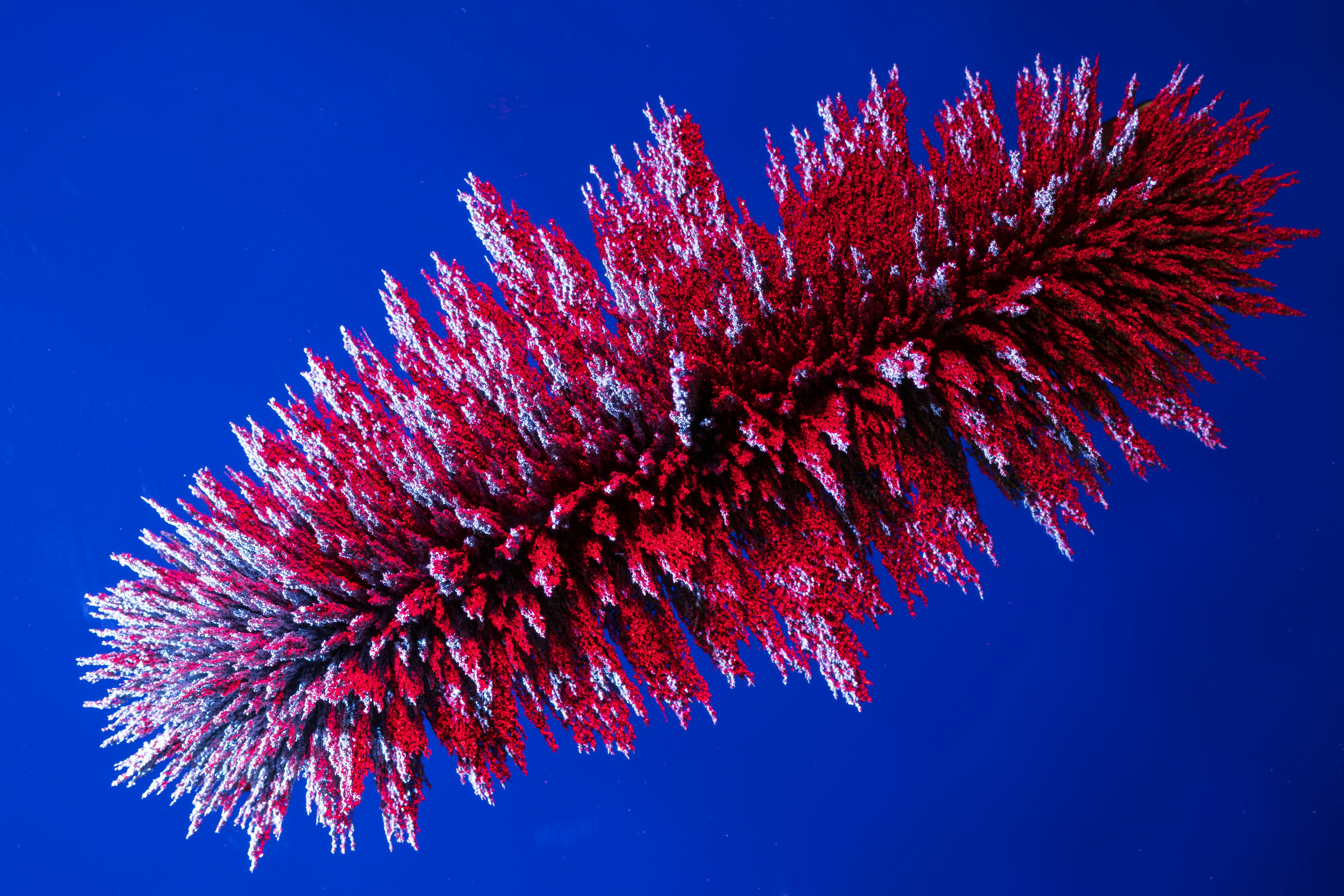
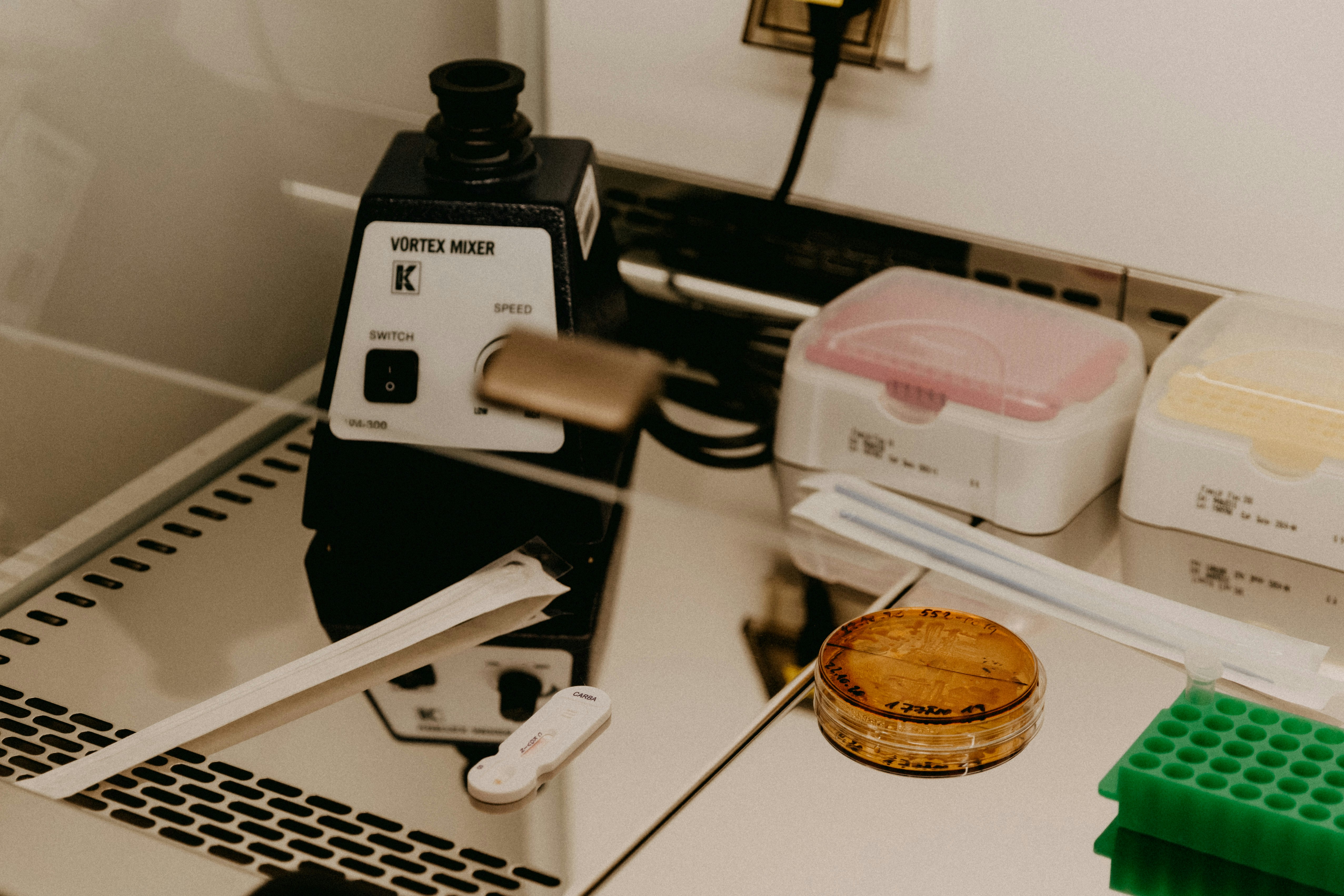




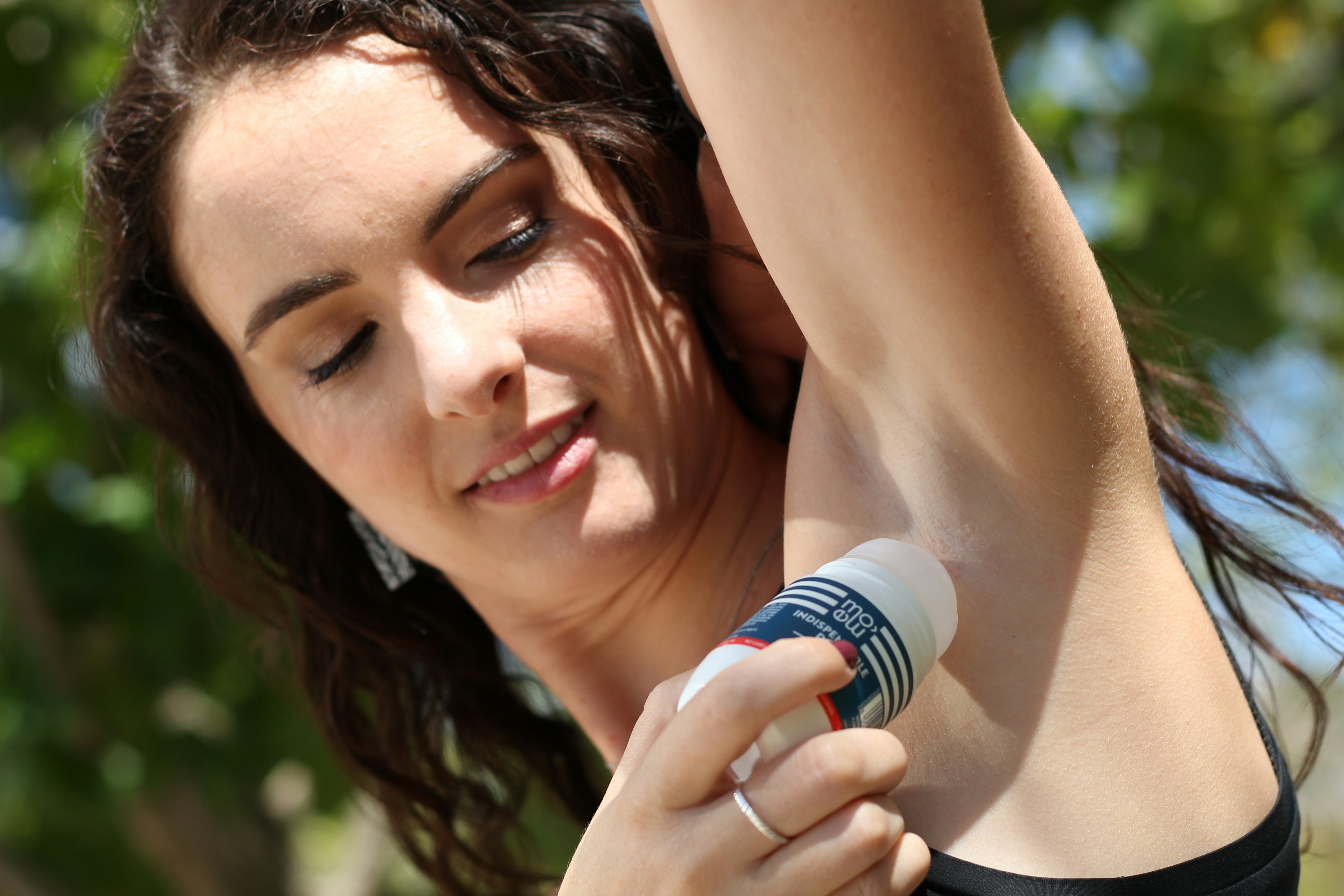
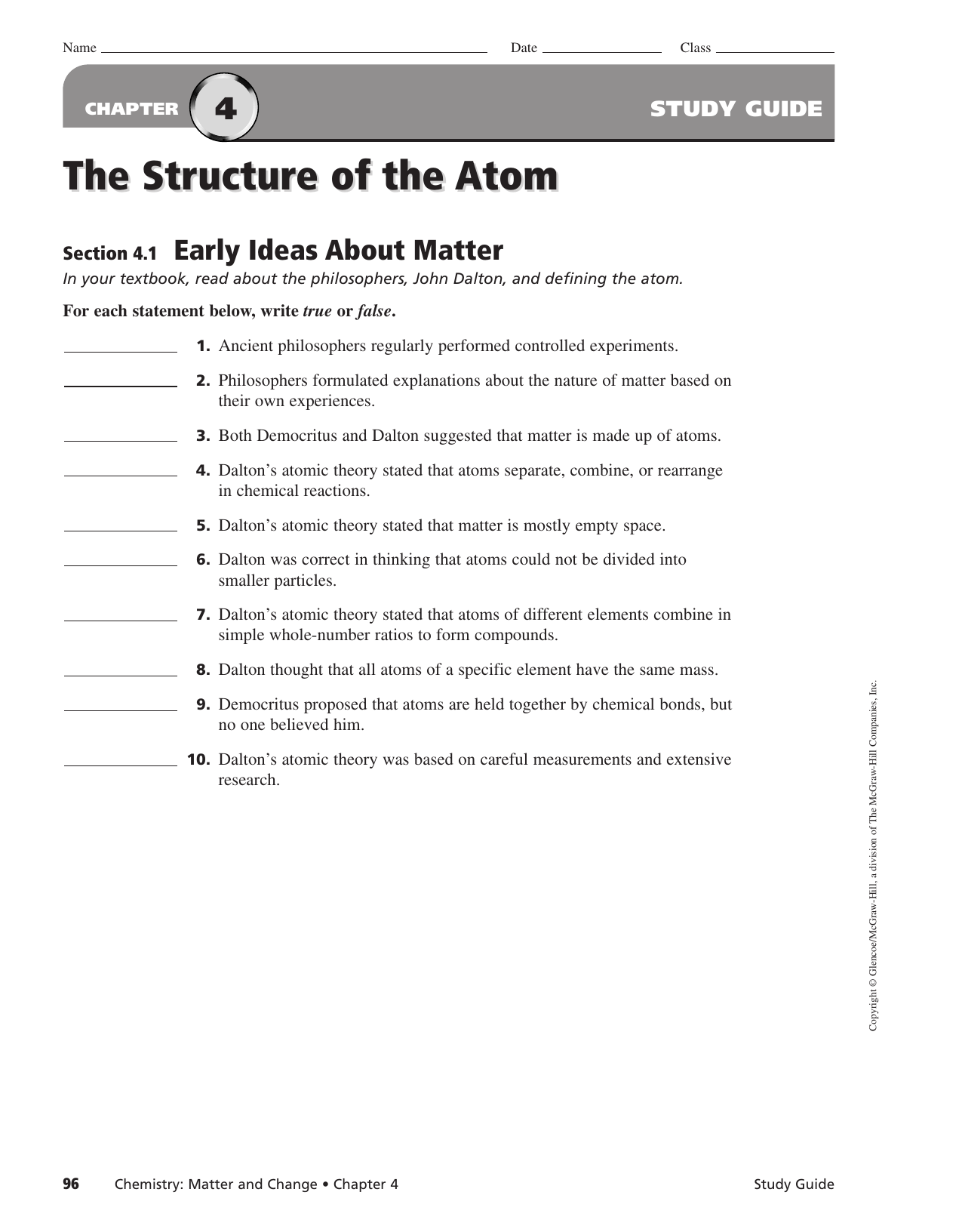



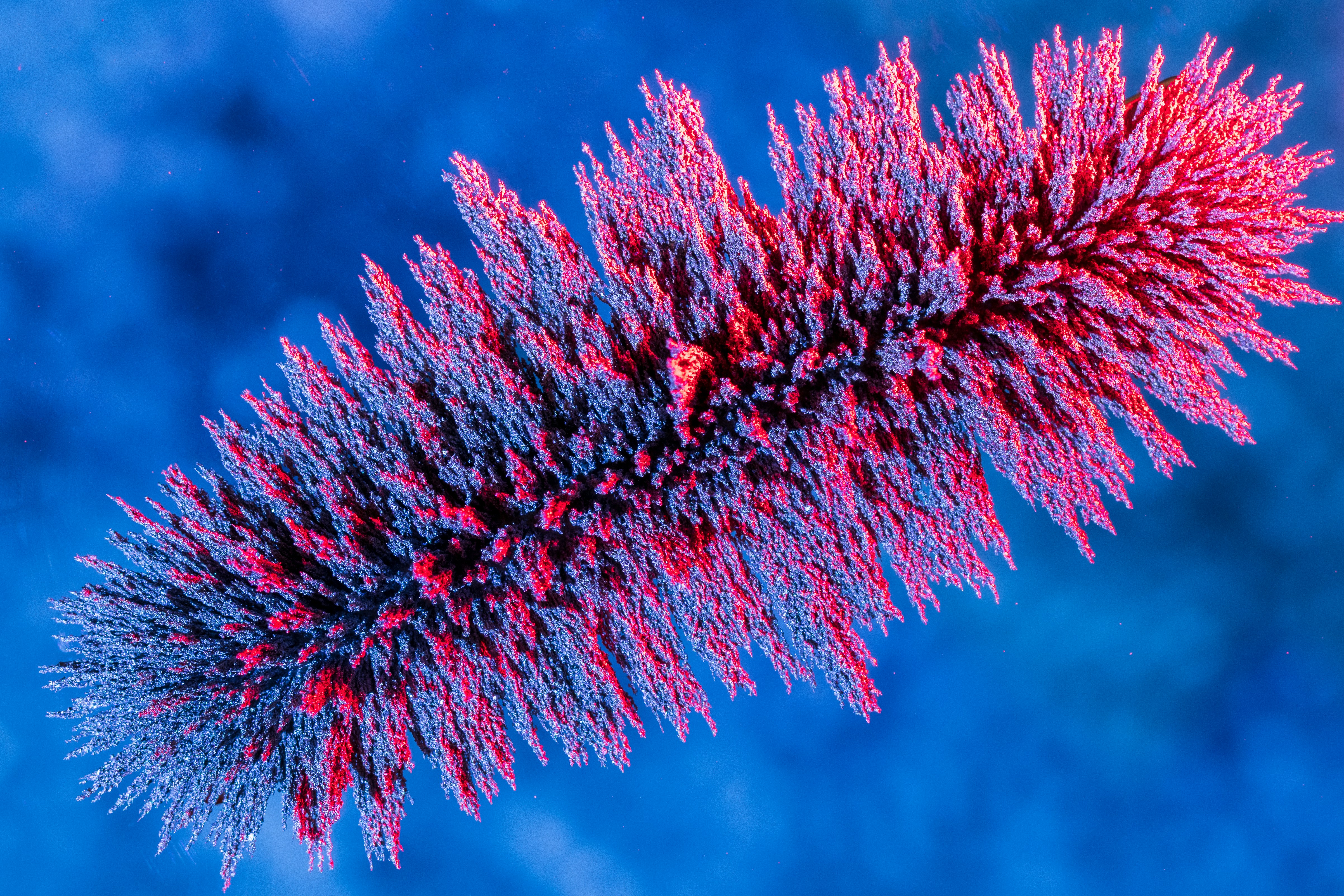
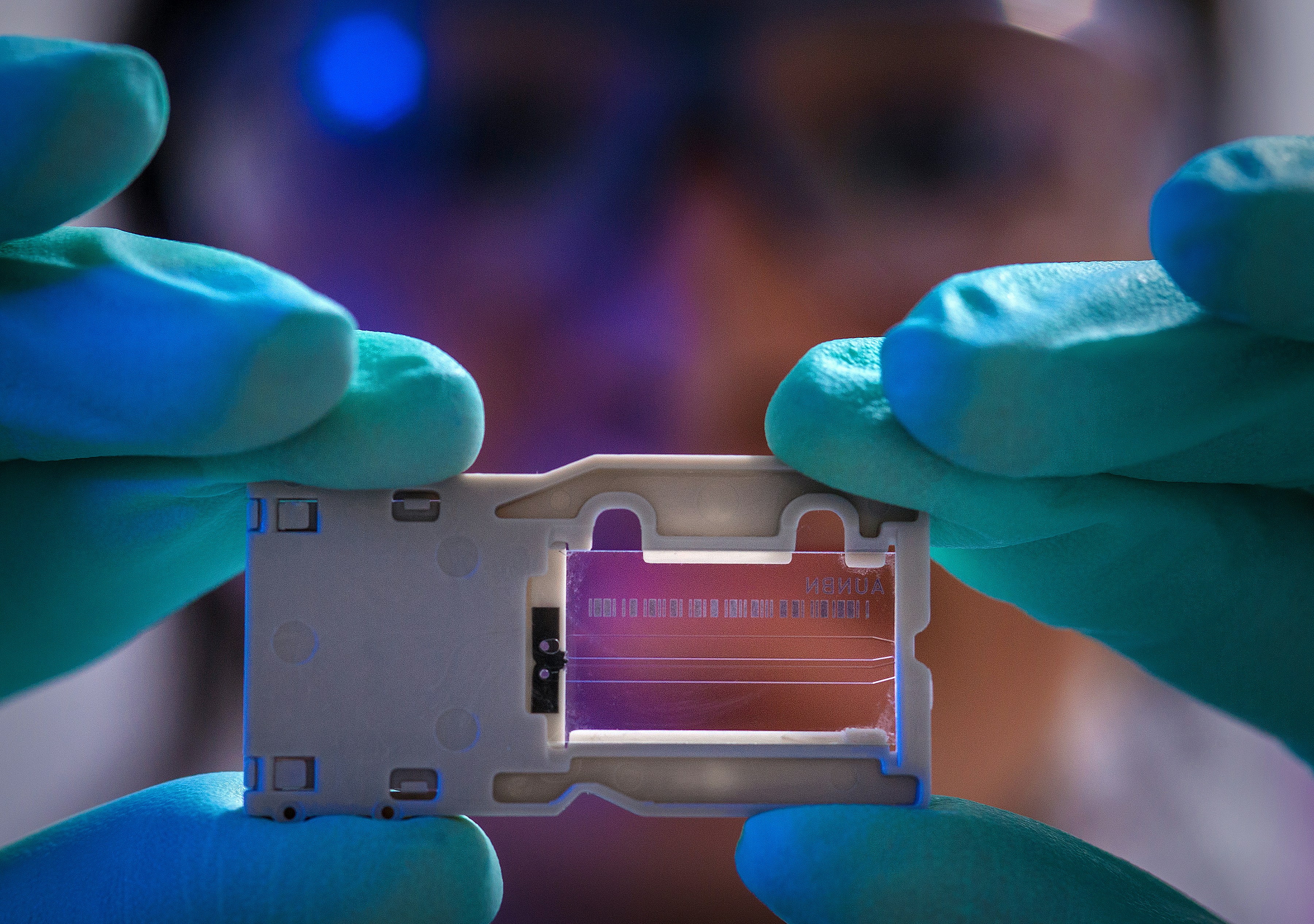
0 Response to "40 applying scientific methods in chemistry worksheet"
Post a Comment